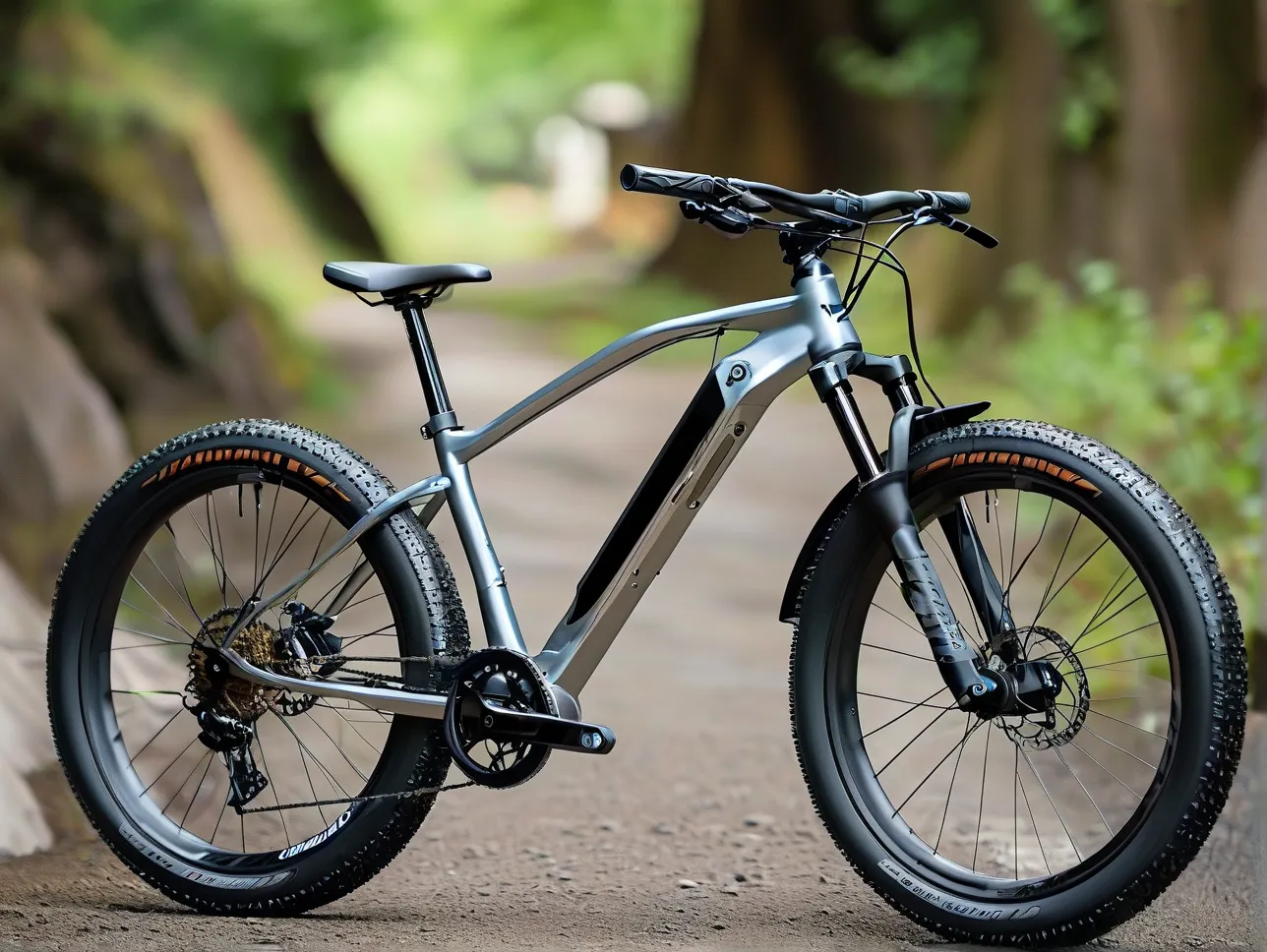When choosing an aluminum hybrid bike, riders often face a critical decision: prioritizing lightweight efficiency for city commuting versus rugged durability for trail adventures. Aluminum frames dominate the hybrid market due to their optimal balance of affordability, strength, and weight savings. This comparison breaks down key differences between commuter-focused and trail-capable models to help cyclists make informed decisions.
Design Priorities: Weight vs. Durability
Commuter-oriented aluminum hybrids emphasize aerodynamic geometry and slimmed-down components. Models like the Trek FX Sport 6 (15.9 lbs) use butted aluminum tubing and carbon forks to minimize weight, while trail-ready options like the Specialized Sirrus X 5.0 (22.4 lbs) feature reinforced frames and wider tire clearance.
Industry data from Bicycle Retailer shows commuter hybrids average 18-22 lbs vs. 22-28 lbs for trail models. The weight gap stems from:
– Thicker frame tubing in trail bikes (1.5-2.0mm vs. 1.2-1.5mm in commuters)
– Added suspension components (e.g., SR Suntour NEX forks)
– Puncture-resistant tires with deeper treads
Component Comparison: Where They Diverge
Tires
- Commuter Pick: 28-35mm slick/semi-slick tires (Schwalbe Marathon Supreme) for low rolling resistance
- Trail Choice: 40-50mm knobby tires (WTB Ranger) for loose terrain grip
Gearing
- Urban models favor 1x or 2x drivetrains (Shimano Altus/Sora) with tighter gear ratios
- Trail hybrids use 2x/3x systems (Deore/SRAM NX) for climbing versatility
A 2023 Adventure Cycling Association study found 73% of trail hybrid riders prioritize gear range over weight savings, compared to 12% of commuters.
Ride Quality & Practical Features
Lightweight Commuters Excel At:
– Accelerating from stoplights (20% quicker than trail models in Bicycling Magazine tests)
– Integrated racks/fenders for urban practicality
– Upright positioning for visibility in traffic
Trail Models Deliver:
– Vibration damping through wider handlebars and suspension seatposts
– Disc brake dominance (180mm rotors vs. 160mm on commuters)
– Mounts for water bottles and bikepacking gear
Price-to-Performance Breakdown
| Feature | Commuter Hybrid ($800-$1,500) | Trail Hybrid ($1,200-$2,200) |
|---|---|---|
| Frame Warranty | 5 years | Lifetime |
| Service Intervals | 6 months | 3 months |
| Resale Value (3 yrs) | 45-55% | 60-65% |
Data sources: Bicycle Blue Book, manufacturer warranties
Who Should Choose Which?
Opt for a Lightweight Commuter If:
– Your rides are 90%+ paved surfaces
– You climb stairs/storage daily
– Budget is under $1,300
Invest in a Trail-Ready Model If:
– You tackle gravel/dirt weekly
– Load capacity matters (panniers + rider > 250 lbs)
– Future upgrades like dropper posts are planned
Pro Tip: Brands like Cannondale and Giant offer mid-range “all-road” hybrids (e.g., Quick CX) blending both worlds with 38mm tubeless-ready tires.
Maintenance Considerations
Aluminum’s corrosion resistance makes both types low-maintenance, but:
– Commuter bikes need monthly chain cleaning (urban grime)
– Trail hybrids require quarterly suspension fork servicing
– Both benefit from annual bearing overhauls
Hybrid bikes live in the sweet spot between specialization and versatility. By matching frame durability and component specs to your primary terrain, aluminum models deliver lasting value. Test rides remain crucial—many local shops now offer 24-hour demo programs to experience how geometry differences impact real-world handling.
